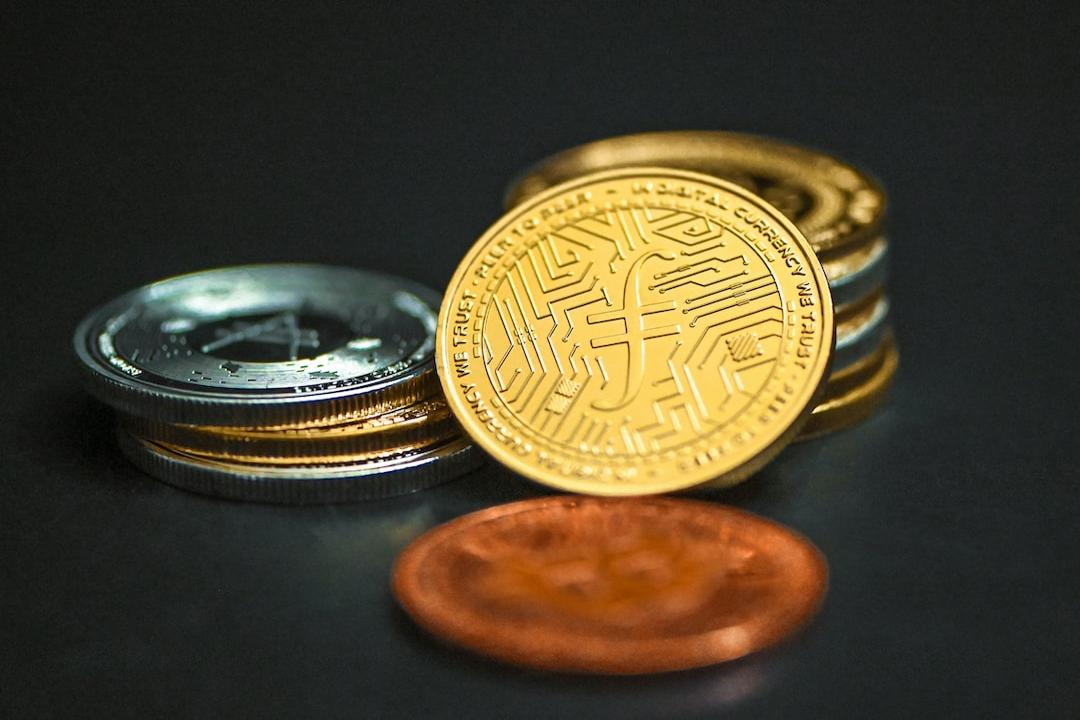According to informed sources, the US Securities and Exchange Commission (SEC) has requested that all applications for Bitcoin spot ETFs use the cash creation/redemption method and remove any implications of physical redemption in their documents. So, what are the key differences between these two methods? The following article provides a detailed analysis. This article is sourced from an Aiying compliance article, compiled and translated by PANews.
(Prior summary:
SEC Releases Key Signal for ETFs: Bitcoin spot ETFs can only be launched with cash creation and must remove implications of physical redemption.
)
(Background supplement:
Bitcoin spot ETF approval date: Galaxy Digital predicts SEC approval by January 10, 2024, as Grayscale lawsuit is resolved.
)
BlackRock, ARK Invest, and WisdomTree have recently submitted modified proposals for Bitcoin spot ETFs, adopting the cash creation method, which is favored by the SEC for redemption. This change marks a significant shift in the industry and may indicate a delay in the discussion on the option of physical redemption. This is also a strategic move to simplify the operational process before the Christmas holiday.
Whether it is the physical redemption method or the cash redemption method, Bitcoin spot ETFs hold Bitcoin as their underlying asset, with the main difference lying in the redemption process. The SEC tends to favor the cash redemption method because it ensures that only the issuer deals with Bitcoin, avoiding the situation where unregistered broker-dealer subsidiaries handle Bitcoin.
However, the cash redemption method involves real cash flow in Bitcoin ETFs, which may trigger tax liabilities, such as capital gains tax, as it is considered an actual buying and selling activity. On the other hand, the physical redemption method directly exchanges ETF shares for Bitcoin, without involving the inflow and outflow of cash, making it simpler in terms of tax handling and potentially avoiding tax burdens arising from cash transactions. Let’s discuss these two redemption methods:
Physical Redemption Method
Market Maker (MM): Liquidity providers in the market. They are either registered US securities brokers/dealers regulated by securities trading authorities or unregistered entities without regulatory oversight.
Authorized Participants (AP): Financial institutions authorized to create and redeem ETF shares, usually in large “creation units.”
Listing Exchange: Platform for trading ETF shares.
ETF Issuer: Company managing the ETF.
Transfer Agent: Third party handling the transfer of ETF shares.
Bitcoin Custodian (e.g., Coinbase): Entity that holds the Bitcoin assets of the ETF.
Spot Cryptocurrency Exchange: Place for immediate Bitcoin transactions.
Process on Trading Day (T day):
Market makers request redemption of ETF shares from authorized participants, especially when the ETF’s price deviates from its net asset value (NAV). After approval by the ETF issuer, market makers receive shares for redemption.
On the next working day (T+1), they deliver these shares, and the Bitcoin custodian releases Bitcoin to them, which can be sold on the spot market. This model helps maintain consistency between the ETF price and the Bitcoin market value.

Cash Redemption Method
Submission of redemption order: Market makers, whether registered or not, submit orders to authorized participants to redeem ETF shares at prices below the net asset value, with the aim of arbitrage.
Order approval: ETF issuer approves the redemption request.
Purchase of ETF shares: Market makers purchase shares through the listing exchange.
Cash movement instruction: ETF issuer instructs the Bitcoin custodian to prepare cash from the cold reserve for sale.
Transaction with ETF issuer: Issuer directly exchanges Bitcoin for US dollars with market makers.
Cash delivery to transfer agent: Market makers deliver cash to the transfer agent.
Bitcoin delivery: Custodian delivers Bitcoin to market makers, who may sell it to profit from arbitrage.
Share delivery and cash release (next day): Market makers deliver shares to the transfer agent, and the issuer releases cash to them, completing the entire process.

The reason why the US Securities and Exchange Commission (SEC) is more inclined towards the cash redemption method may include the following points: Firstly, the cash redemption method is more operationally convenient, making the regulatory process more direct and transparent, facilitating effective monitoring and auditing by regulatory authorities. Secondly, this method can reduce the risk of directly impacting the Bitcoin market price due to large-scale redemptions or purchase activities, thereby reducing the possibility of market manipulation. Additionally, the cash redemption method helps better manage liquidity risk, especially in times of high market volatility, providing greater flexibility and stability.
Finally, the SEC considers the protection of investors’ interests and believes that the cash redemption method can more effectively protect investors from the direct impact of underlying asset price fluctuations, especially in the highly volatile cryptocurrency market.

Related Reports
SEC Chairman Gary Gensler on Bitcoin Spot ETF: Will consider the “successful outcome” of the Grayscale case for reevaluation of applications.
Frontline of Bitcoin Spot ETF: SEC reveals details of discussions with BlackRock and Grayscale: Physical redemption, cash redemption…
Wall Street giant VanEck predicts “Bitcoin will reach a new all-time high within a year”! All BTC spot ETF applications will be approved together.
Bitcoin Spot ETF: BlackRock revises “physical redemption method,” may meet SEC requirements.
Tags:
Physical Redemption
Bitcoin Spot ETF
Cash Creation
Cash Redemption


